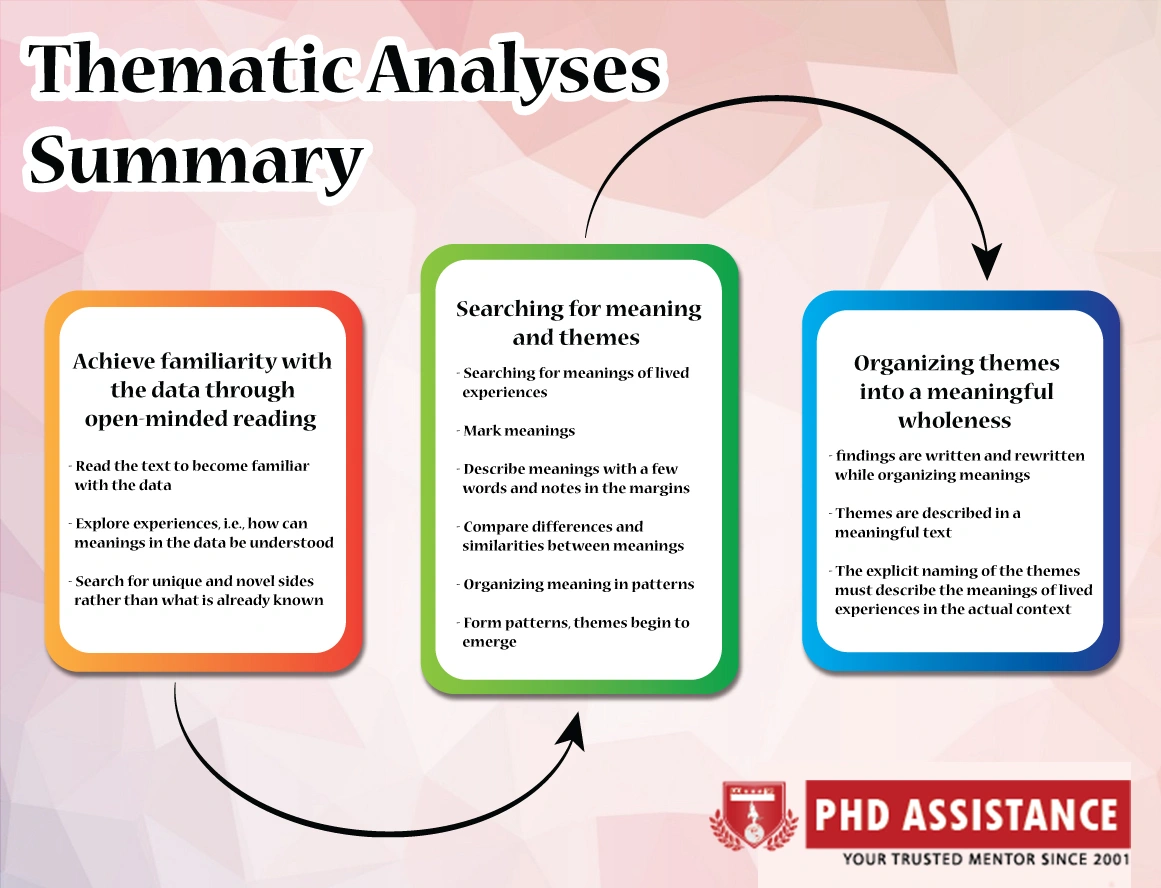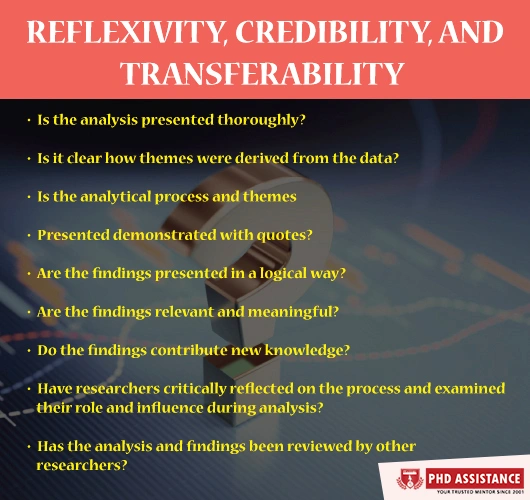Thematic Analysis of Qualitative data: Identifying Pattern that solve many unresolved Industrial Questions / Challenges.
Introduction
To make a sense of data is cumbersome, especially when the information it contains is overwhelming. However, patterns derived out of data can help build personas, and design decisions. Proper analyzes of interviews is important for the validation of results. The major setback on analyzes could be overlooking information. A proper analysis will ensure that you go through your data in a systematic and thorough manner. A proper analysis is definitely time- consuming if the purpose is broad and explorative. But if given a limited time, the scope is narrowed down.

The method chosen to do qualitative data analysis primarily depends on the actual purpose of study. A thematic analysis identifies patterned responses or meaning derived from the interview data that informs critical research question. Thematic analysis is flexible enough to be used both for explorative studies with no clear idea of what patterns to look for or for deductive studies with clear cut ideas of what to look for.
Different research fields use thematic analysis, but the steps are always the same .The most important thing in thematic analysis is to represent the interview as honestly as possible. This will make it easier for people to trust the validity of results. Thematic analysis describes a process of converting a messy data to a chart of the most important themes found in the data. Themes can be as either semantic (also labeled as manifest), which address explicit surface meanings of data items or latent, which reflects deeper, more underlying meanings, assumptions, ideologies. Themes, and their subdivisions including subcategories and subthemes are the outcome of qualitative data analyses. The process contains the following important six steps: Familiarizing with the data, assigning preliminary codes to data to describe the content, searching for patterns or themes across the interviews, reviewing themes, defining and categorizing themes, and producing your report (Figure 1 below).

Figure 1. Thematic Analyses Summary
Step 1. Familiarizing with the data
To familiarize with the data, audio recordings have to be transcribed. Taking notes, and marking preliminary ideas help becoming familiar with the data through ‘repeated reading’ of the data and reading the data in an active way -searching for subjective meanings, cultural-contextual message of data, patterns and so on. It is good idea to start taking notes or marking ideas for coding. In some cases, when the interview is a minor part, summarizing specific themes can be sufficient.
Step 2. Assigning preliminary code
A code organizes data into significant groups. Coding depends on whether an exploratory analysis or a deductive analysis is performed. It is the most essential thing to match the code to the section of the interview that it refers to. You can code with common points where similar pieces of data can be tied together and within which the researcher may answer the question “Why”? Next step is to organize all the sections that fit into each code.
For Example:
- Physician feelings toward patients: ‘So, I think there’s a couple of families that I’ve taken
ownership on, and part of it is, I think – like, I just like them so much. They’re such nice people.
Not that like, I don’t take ownership of the patient families that aren’t nice, but the ones that I
like, truly felt like
Coding manual examples:
Physician feelings toward patients: the feelings, either positive or negative, that a physician has toward his or her patients
- Intrinsic sense of responsibility: ‘Not that like, I don’t take ownership of the patient families that aren’t nice, but the ones that I like, truly felt like,
Coding manual examples:
Intrinsic sense of responsibility: the sense of responsibility that a physician feels toward his/her patient, as opposed to the requirements imposed upon them by attending physicians, systems, or clinic-wide expectations or policies
Step 3 . Searching for themes.
A look at the list of codes and their associated extracts lead to broader themes that say something interesting about the data. Codes that seem redundant may be placed in a temporary mixed theme.
Step 4. Reviewing Themes
Reading through the extracts relating to the codes, one can cross check whether the themes support, contradict or overlap. If the theme is too broad, it can be split into separate themes or moved to some existing theme where they fit better. Subthemes can be created to prevent your theme from becoming incoherent.
Step 5. Defining and naming themes
Theme names need to be descriptive and engaging. If the themes are too diverse, they can be reworked.
Step 6. Producing the report
Report should have enough information for the reader to evaluate. Using quotes of what the participants said needs to be done only with the participant’s consent. There is no consensus on which concepts should be used regarding validity in qualitative and phenomenological research. However, scientific rigor and phenomenological validity is discussed in relation to reflexivity, credibility and transferability. Reflexivity connects to previously described methodological principles of a reflective attitude and questioning one’s pre‐understanding. Credibility refers to the meaningfulness of the findings and whether these are well presented. Transferability refers to the usefulness and relevance of the findings.

Thematic analysis is thus a process that offers insights into different areas, and makes interviews meaningful and effective.
Reference
Virginia Braun & Victoria Clarke, Using thematic analysis in psychology, in Qualitative Research in Psychology, Volume 3(2), 2006
Ann Blandford, Dominic Furniss and Stephann Makri, Qualitative HCI Research: Going Behind the Scenes, Morgan & Claypool Publishers, 2016



